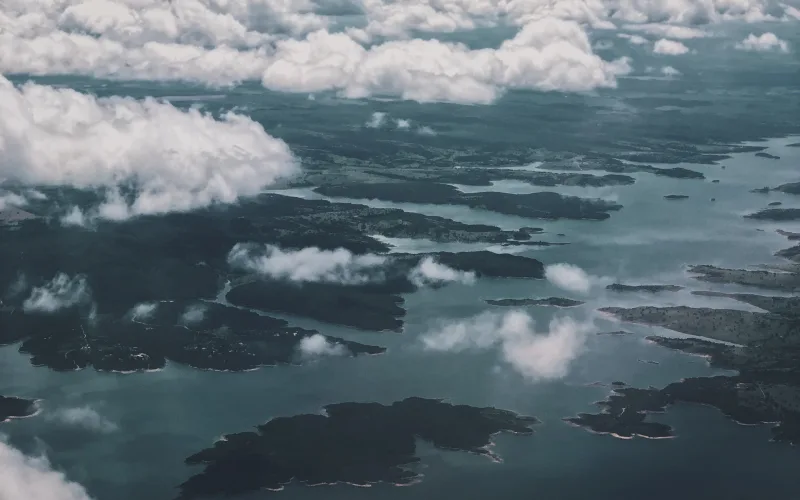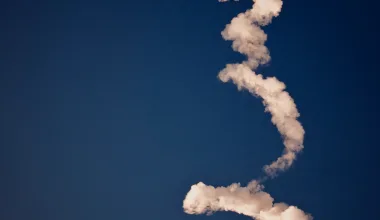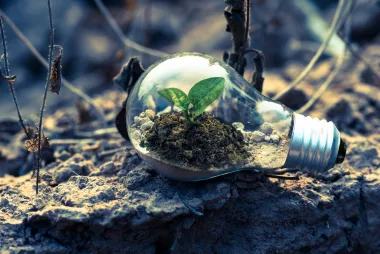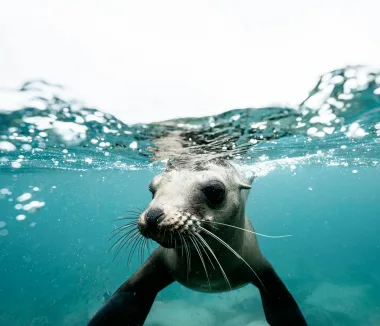Last Updated on May 8, 2024 by Ecologica Life
A recent study has sparked a new debate within the scientific community. Is there a new hole in the ozone over the tropics?
What is the ozone layer?
In the stratosphere (15-30km above the Earth’s surface), there is a layer of ozone that covers the entire plant and protects life on Earth from harmful ultraviolet-B (UV-B) radiation from the sun. It also absorbs infrared radiation emitted by the Earth’s surface, keeps the earth temperature from getting too hot or too cold. It should be noted that this is different from ground-based ozone which is highly polluting.
History of the health of the ozone layer
Discovery of the ozone hole
In 1977, Jonathan Shanklin at 24 years old, applied and was accepted to a job with the British Antarctic Survey.
At first, Shanklin’s first responsibility was to review and update all of the data from the Antarctic Dobson ozone spectrophotometer. This device measures the amount of UV radiation that reaches Earth and gives a precise estimate of the amount of ozone in the atmosphere. Since scientists had previously only handwritten the data on sheets of paper, there was a significant backlog.
Shanklin recalls:
There had been concern at the time that exhaust gases from Concorde (the supersonic passenger aircraft), or chlorofluorocarbons (CFCs) from spray cans, might damage the ozone layer.
Being an ignorant physicist, I thought this unlikely, so decided to present that year’s data and compare it with values my boss had computed from a decade earlier. I expected them to be the same, so Concorde would be able to keep flying and the public could keep using their spray cans.
The only problem was, the ozone values weren’t the same, they were significantly less than decades before.
Surprised and a little alarmed, Shanklin continued to go through the backlog to see if that particular year was just an anomaly.
It wasn’t. The findings were clear: ozone levels had been steadily declining since the late 1970s. Over Halley Research Station in Antarctica, the ozone layer was only about two-thirds as thick in 1984 as it had been in earlier decades.

The cause
The findings were confirmed by other independent scientists. The molecules known as chlorofluorocarbons (CFCs), which were frequently used in aerosol cans and cooling systems like refrigerators, were soon accepted by researchers as the cause, CFCs were destroying ozone. This was a public health crisis.
During the long winter months of Antarctic, when the stratospheric temperature gets exceptionally cold. Chemical reactions occur in the polar stratosphere that release chlorine gas (Cl2). UV light quickly breaks the bond between the two chlorine atoms, releasing free chlorine into the stratosphere where it participates in reactions that deplete stratospheric ozone molecules while regenerating chlorine (known as a catalytic reaction).
A single chlorine atom can obliterate thousands of ozone molecules thanks to the catalytic reaction. A second catalytic reaction involving bromine and chlorine accounts for a sizeable portion of the loss of ozone.
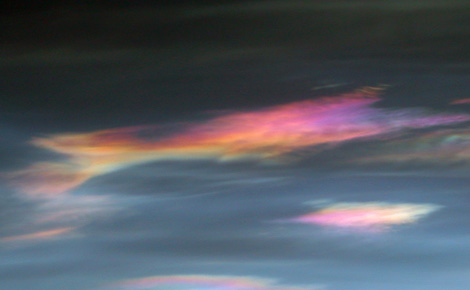
Political action
This research resulted directly in the 1987 Montreal protocol. This was a pact to stop ozone-depleting substance production and use at then current rates.
Later revisions tightened these restrictions, and by 2010, all CFC manufacture and consumption worldwide had been phased out.
The protocol is continually revised as new information regarding the effects of CFCs and their substitutes on the ozone layer becomes available. For instance, hydrofluorocarbons (HFCS), potent greenhouse gases, were added to the list of restricted substances in 2016 as a result of research supported by the Natural Environmental Research Council. A deal was made to gradually reduce their use over the following 30 years.
A win for humanity, disaster averted!
The Montreal protocol is now regarded as one of the most successful global environmental agreements ever. Research suggests that the Antarctic ozone hole is gradually closing. However, even in the absence of further emissions, the atmosphere in the southern hemisphere won’t entirely recover until after 2070 because CFCs have atmospheric lifetimes of at least 50 years.
According to the UN environment Programme, without the Montreal protocol, there would have been 14% more incidences of skin cancer worldwide by 2030. In the UK alone, this would result in around 300 deaths per year from skin cancer.
Additionally, a recent study by an international team of scientists indicated that if CFCs had not been prohibited in the late 1980s, the average global air temperature would have increased by an additional 2.5 ºC by the end of the century. This is on top of the existing global warming and would have surely meant untold havoc and disaster for our planet.
A new hole in the ozone layer?
A new study published in May 2022 suggests the finding of another ozone hole located over the tropics. If true, this hole would be seven times larger than the ozone hole over the Antarctic, and present all year round as compared to the Antarctic hole which is only visible in spring. The hole, although only discovered recently, would have been significant since the 1980s.
The study has been refuted by other climate scientists. Claiming the dataset used and proposed mechanisms in the study have been discredited, as well as a poor peer review process.
Due to the divide in the academic community, it is unclear at this time whether the “hole” in the tropics should be something to worry about. More research surrounding this topic will be needed before conclusions can be drawn.
What does this mean for me?
Data from the Global Ozone Research and Monitoring Project report from 2018 show that the stratosphere is slowly recovering, and if we continue to monitor and control banned substances that damage it then we can expect a full recovery by 2070.
Whether or not there is an ozone hole over the topics, the stratosphere seemed to be improving for now. You as an individual should still take precautions. It is necessary to wear suncream and sunglasses on sunny days. This will help protect you from skin cancer and eye related diseases such as cataracts.
We at ecologica.life will continue to monitor the newest research, so make sure you check back here every now and then to find out what the latest research shows.
How did you find out take on this article? Do you find our conclusions to be balanced? Leave us a suggestion, YOUR opinion matters.
